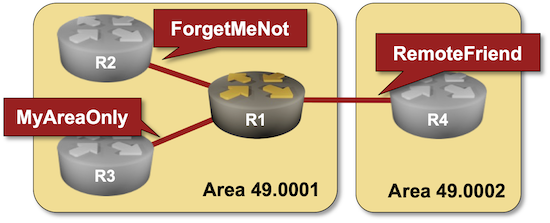Network performance update: Birthday Week 2025
We are committed to being the fastest network in the world because improvements in our performance translate to improvements for the own end users of your application. We are excited to share that Cloudflare continues to be the fastest network for the most peered networks in the world.
We relentlessly measure our own performance and our performance against peers. We publish those results routinely, starting with our first update in June 2021 and most recently with our last post in September 2024.
Today’s update breaks down where we have improved since our update last year and what our priorities are going into the next year. While we are excited to be the fastest in the greatest number of last-mile ISPs, we are never done improving and have more work to do.
We measure network performance by attempting to capture what the experience is like for Internet users across the globe. To do that we need to simulate what their connection is like from their last-mile ISP to our networks.
We start by taking the 1,000 largest networks in the world based on estimated population. We use that to give Continue reading


